This article was medically reviewed by Sarah Gehrke, RN, MS. Sarah Gehrke is a Registered Nurse and Licensed Massage Therapist in Texas. Sarah has over 10 years of experience teaching and practicing phlebotomy and intravenous (IV) therapy using physical, psychological, and emotional support. She received her Massage Therapist License from the Amarillo Massage Therapy Institute in 2008 and a M.S. in Nursing from the University of Phoenix in 2013.
There are 12 references cited in this article, which can be found at the bottom of the page.
wikiHow marks an article as reader-approved once it receives enough positive feedback. In this case, 100% of readers who voted found the article helpful, earning it our reader-approved status.
This article has been viewed 279,996 times.
Jock itch (also known as tinea cruris) is a fungal infection of the skin that causes round, red, scaly patches with raised borders and a central area that may be red, cracked, irritated, or clear.[1] Jock itch commonly occurs in the groin, buttocks, or inner thighs. The infection may also extend onto the lower abdomen. While tinea cruris causes some itching and discomfort, it can be easily treated with an over-the-counter product like Sudocrem. Comprised of antibacterial and antifungal ingredients, Sudocrem is meant to treat diaper rashes and dermatitis, but it is often used off-label for jock itch. It may offer quick relief as you may already have this product in your home, especially if you have young children.
Steps
Preparing to Apply Sudocrem
-
1Spot the symptoms. Jock itch typically consists of a red, circular rash found on or underneath your groin, in your inner thighs and/or buttocks. It typically occurs in areas of the body that retains moisture from sweat.[2]
- Jock itch gets its common name from athletes, who often sweat frequently in this area of the body.
- You do not have to be an athlete, however, in order to get it. Many studies have shown that overweight patients sometimes suffer from jock itch due to sweat near their groin as well.[3]
-
2Clean the affected area. If you have a red, irritated rash, you might be tempted not to wash it, but you should clean it before applying any ointment. While taking a shower or bath, apply a gentle, hydrating cleanser to the area.
- Gently apply the cleanser to wet skin with your fingertips. Avoid using thick washcloths or a loofah as these can irritate the bumps on the rash.[4]
- Use a thick, creamy cleanser on the area, such as a milky body wash or face wash. A gel-based cleanser might be too drying.
- If you are using a bar soap, you can also apply this directly to the skin. Choose a soap that is made for dry or sensitive skin to avoid irritating the area.
- Avoid cleansers with exfoliating agents in them, such as salicylic acid or benzoyl peroxide (typically found in face washes for acne). These will only further irritate the layer of skin affected by the rash.
- Do not shave the area. This will only cause painful irritation and could transfer bacteria from your razor to the infected skin.[5]
- Make sure you have thoroughly removed all of the soap from the affected area before leaving the shower.
Advertisement -
3Dry the groin. After you get out of the shower or bath, be sure to thoroughly dry the area with a clean towel. Pat the area gently with the towel. Do not rub harshly as this could cause further pain.
- It is very important that the towel is clean and dry. Damp towels often trap moisture which can grow harmful bacteria, mold, and mildew, which could further irritate your rash.[6]
- If you can wait a few minutes to let the area around your groin air dry, that will help ensure the Sudocrem is most effective when it is applied.
Applying Sudocrem to the Jock Itch
-
1Clean your hands. If you have handled anything besides your clean towel since washing the groin, then wash your hands again with warm water and antibacterial soap. Dry them with a clean towel. Don't forget to wash them again after you treat the area.[7]
-
2Place the Sudocrem on your fingertips. Sudocrem can come in tube or jar form. If you have jar packaging, you may want to use a plastic mini-spatula to scoop out the cream and place it on your fingers. This will reduce the risk of contaminating the cream in the jar from bacteria on your fingers.[8]
-
3Gently massage the Sudocrem onto the skin. Use light, circular motions to apply it. Do not rub it harshly; allow it time to absorb into the skin.[9]
-
4Apply a translucent layer of Sudocrem on the skin. You should use enough cream that it substantially covers the rash. Avoid using too much, however, as it can get messy if it doesn't all absorb.[10]
- The cream should absorb so you can no longer see the white color of the cream. If you can still see the thick, creamy substance on your skin, you have applied too much.[11]
- Wait a couple of minutes before putting on underwear so the cream has a chance to fully absorb. It should create a barrier between your rash and any clothing you are wearing.
-
5Wear loose, clean clothes. It is very important that you wear clean clothes as dirty underwear and pants can contain bacteria that will only make the rash worse.[12]
- Be sure to wear undergarments that are breathable and won't cause you to sweat more in the groin. Avoid polyester or other constricting fabrics. Instead, use simple cotton boxers or panties.
-
6Reapply the cream at night before you go to sleep. If you have been sweating during the day, wash the area again before you reapply.
-
7Repeat this process until the rash disappears. Most forms of jock itch are responsive to over-the-counter treatments and will clear up within 10 days.[13]
- If the rash persists for more than two weeks, talk to your doctor about other forms of treatment. You might need a stronger antifungal cream that is available without a prescription. Or you might need to take antifungal medicine orally.[14]
Preventing Jock Itch
-
1Wear clean clothes. Bacteria that is trapped in dirty pants, shorts or underwear can cause fungal infections on your skin.
- Wash clothes with a gentle laundry detergent and in a washing machine/dryer. Avoid harsh bleaches or fabric softeners as these can irritate the skin.
- Be sure to wash your gym or athletic clothes frequently because they can retain sweat.
- Make sure you clothing is comfortable and fits properly, especially your underwear. Clothing that chafes or makes the skin raw could leave you vulnerable to an infection.
- Do not share clothing as it is possible to pass the infection through clothing.
-
2Keep your groin area dry. Sweat that is trapped in the groin is the key culprit behind jock itch. If you sweat frequently during the day, be sure to shower or bathe regularly.[15]
- Always wear dry underwear and change your clothes if you get sweaty or wet, such as after exercising. Moisture and darkness will encourage growth of the fungus.
- You might also consider applying antibacterial bath wipes, as long as they are formulated to work on skin. Wipe the area around the inner thigh and groin during the day if you sweat frequently. Be sure to follow up with a dry towel to remove any moisture left by the wipes.
- Another option is to apply a talc-free powder liberally to your groin area to help keep the area dry.
-
3Wash athletic supporters after every use. If you use a jockstrap or athletic cup, be sure to wash and clean these items frequently. Follow the instructions on the package of the product in order to prevent the growth of a fungal infection.
-
4Use antifungal creams regularly. If you constantly suffer from jock itch, consider applying antifungal creams every day after showering. Also, make sure to check with your doctor because you might have an underlying medical condition that makes you more susceptible to fungal infections. If you want to try something besides Sudocrem, look into Lotrimin (or any cream with the ingredient clotrimazole) and Hydrocortisone. These are specially designed to take down rashes and relieve irritation.[16]
-
5Be aware of other infections. Jock itch is a type of fungal tinea infection, commonly known as ringworm. Sometimes, jock itch occurs alongside other tinea infections such as a fungal scalp infection or athlete's foot. If you have these other conditions, talk to your doctor about the best ways to treat them.[17]
Expert Q&A
Did you know you can get expert answers for this article?
Unlock expert answers by supporting wikiHow
-
QuestionHow do you control the intense itching?
 Sarah Gehrke, RN, MSSarah Gehrke is a Registered Nurse and Licensed Massage Therapist in Texas. Sarah has over 10 years of experience teaching and practicing phlebotomy and intravenous (IV) therapy using physical, psychological, and emotional support. She received her Massage Therapist License from the Amarillo Massage Therapy Institute in 2008 and a M.S. in Nursing from the University of Phoenix in 2013.
Sarah Gehrke, RN, MSSarah Gehrke is a Registered Nurse and Licensed Massage Therapist in Texas. Sarah has over 10 years of experience teaching and practicing phlebotomy and intravenous (IV) therapy using physical, psychological, and emotional support. She received her Massage Therapist License from the Amarillo Massage Therapy Institute in 2008 and a M.S. in Nursing from the University of Phoenix in 2013.
Registered Nurse
-
QuestionHow long does it take to cure jock itch with an antifungal cream like Pro-Ex antifungal cream?
 Sarah Gehrke, RN, MSSarah Gehrke is a Registered Nurse and Licensed Massage Therapist in Texas. Sarah has over 10 years of experience teaching and practicing phlebotomy and intravenous (IV) therapy using physical, psychological, and emotional support. She received her Massage Therapist License from the Amarillo Massage Therapy Institute in 2008 and a M.S. in Nursing from the University of Phoenix in 2013.
Sarah Gehrke, RN, MSSarah Gehrke is a Registered Nurse and Licensed Massage Therapist in Texas. Sarah has over 10 years of experience teaching and practicing phlebotomy and intravenous (IV) therapy using physical, psychological, and emotional support. She received her Massage Therapist License from the Amarillo Massage Therapy Institute in 2008 and a M.S. in Nursing from the University of Phoenix in 2013.
Registered Nurse
-
QuestionHow long will this take?
 Luba Lee, FNP-BC, MSLuba Lee, FNP-BC is a Board-Certified Family Nurse Practitioner (FNP) and educator in Tennessee with over a decade of clinical experience. Luba has certifications in Pediatric Advanced Life Support (PALS), Emergency Medicine, Advanced Cardiac Life Support (ACLS), Team Building, and Critical Care Nursing. She received her Master of Science in Nursing (MSN) from the University of Tennessee in 2006.
Luba Lee, FNP-BC, MSLuba Lee, FNP-BC is a Board-Certified Family Nurse Practitioner (FNP) and educator in Tennessee with over a decade of clinical experience. Luba has certifications in Pediatric Advanced Life Support (PALS), Emergency Medicine, Advanced Cardiac Life Support (ACLS), Team Building, and Critical Care Nursing. She received her Master of Science in Nursing (MSN) from the University of Tennessee in 2006.
Board-Certified Family Nurse Practitioner
Warnings
- Be aware that sexually transmitted diseases such as genital warts (condyloma), herpes, scabies, and body lice (pediculosis) may also cause red and itchy rashes.⧼thumbs_response⧽
References
- ↑ https://www.cdc.gov/fungal/diseases/ringworm/health-professionals.html
- ↑ http://www.mayoclinic.org/diseases-conditions/jock-itch/basics/definition/con-20021468
- ↑ https://www.nlm.nih.gov/medlineplus/ency/article/000876.htm
- ↑ https://www.mayoclinic.org/diseases-conditions/jock-itch/symptoms-causes/syc-20353807
- ↑ http://www.mayoclinic.org/diseases-conditions/jock-itch/basics/treatment/con-20021468
- ↑ http://www.sciencedirect.com/science/article/pii/S0196655313001156
- ↑ https://www.cdc.gov/handwashing/when-how-handwashing.html
- ↑ https://www.sudocrem.co.uk/antiseptic-healing-cream/how-to-use/
- ↑ https://www.sudocrem.co.uk/antiseptic-healing-cream/how-to-use/
- ↑ https://www.sudocrem.co.uk/antiseptic-healing-cream/how-to-use/
- ↑ https://www.sudocrem.co.uk/antiseptic-healing-cream/
- ↑ http://www.mayoclinic.org/diseases-conditions/jock-itch/basics/treatment/con-20021468
- ↑ http://www.ncbi.nlm.nih.gov/pubmed/25090020
- ↑ http://www.mayoclinic.org/diseases-conditions/jock-itch/basics/treatment/con-20021468
- ↑ http://www.ncbi.nlm.nih.gov/pubmed/25090020
- ↑ https://www.nlm.nih.gov/medlineplus/ency/article/000876.htm
- ↑ https://www.cdc.gov/fungal/diseases/ringworm/treatment.html
- ↑ https://www.webmd.com/drugs/2/drug-148380/anti-itch-hydrocortisone-topical/details
About This Article
Jock itch can be irritating, but it’s relatively easy to treat with Sudocrem. First, you'll need to wash the area with a gentle soap and warm water. When it's clean, pat the rash dry with a clean towel to prevent bacteria from building up. Apply some Sudocrem to your fingers and gently massage it into your skin in a circular motion. You should apply enough cream to cover the rash, but not so much that your skin can’t absorb it. Wear loose, breathable clothing throughout the day so you don't sweat, which can cause an infection. Continue to apply Sudocrem in the same way twice a day until the rash clears up, which typically takes 10 days. If it hasn’t gone away after 2 weeks, talk to your doctor about other treatment options. For tips from our Medical co-author on how to prevent jock itch, keep reading.
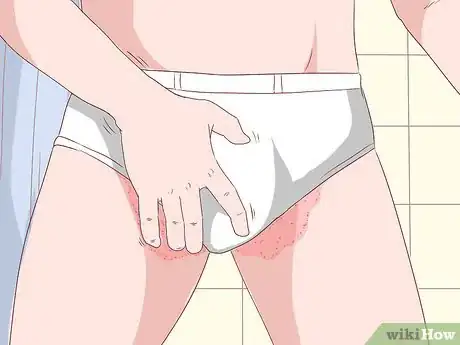
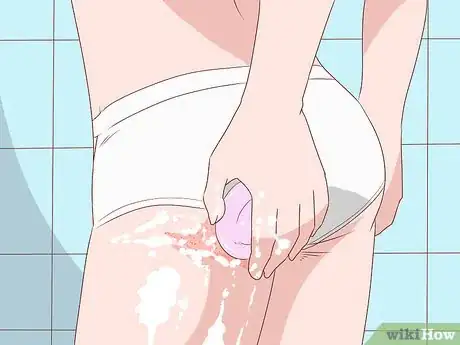
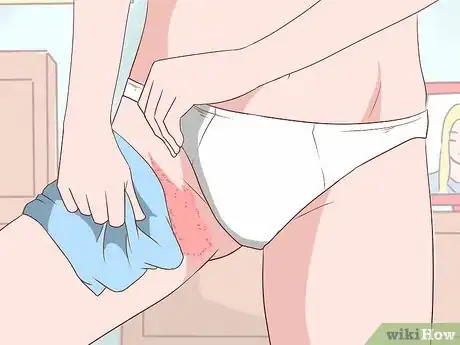
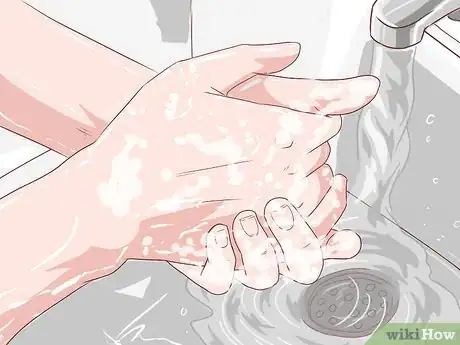
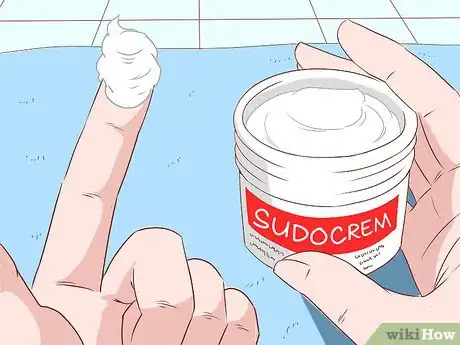
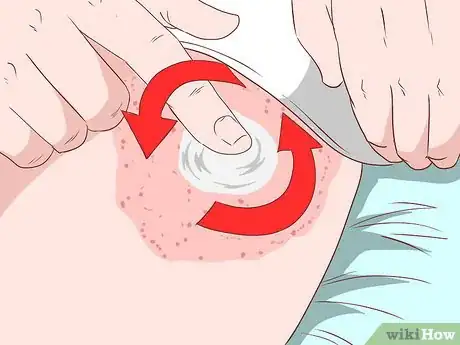
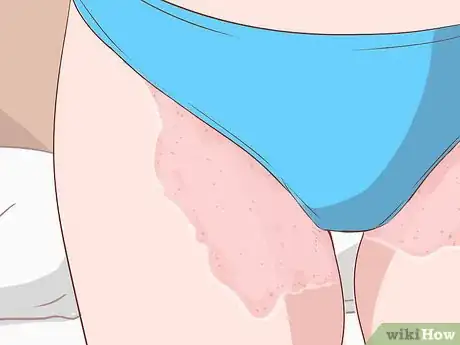
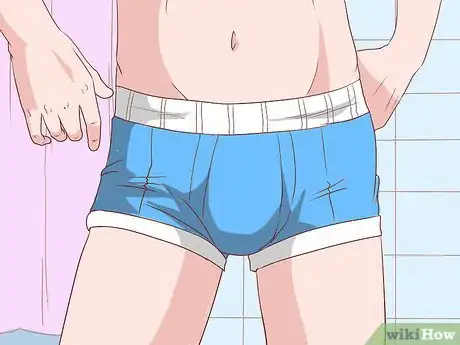
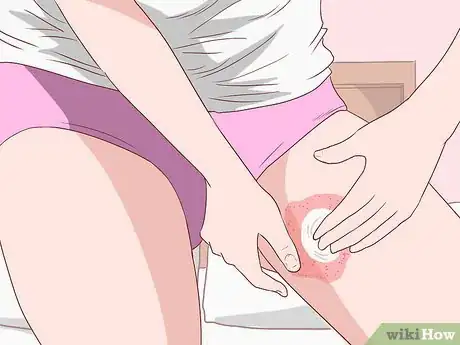
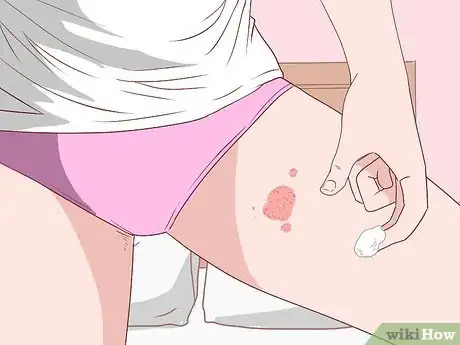
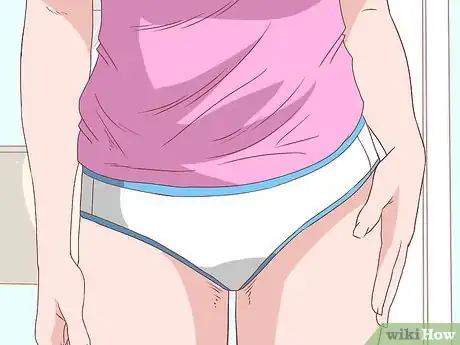
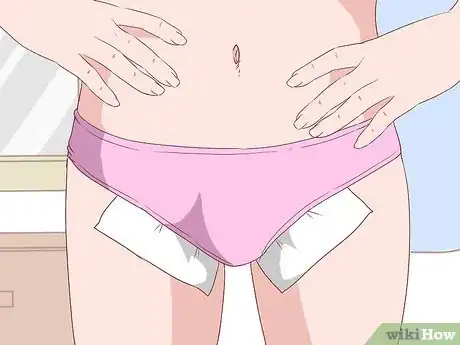
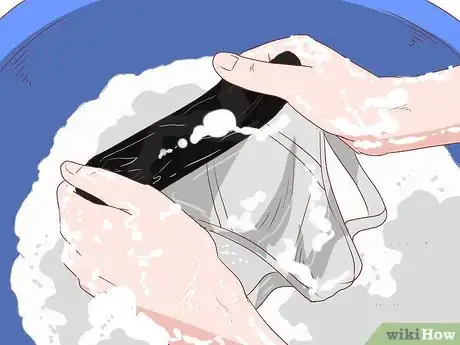
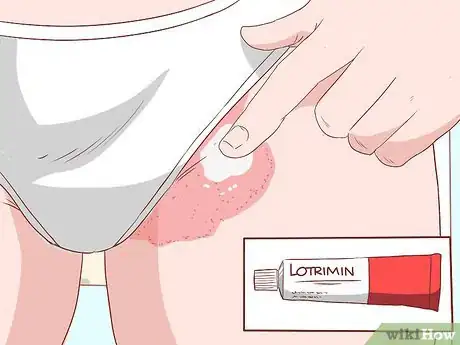
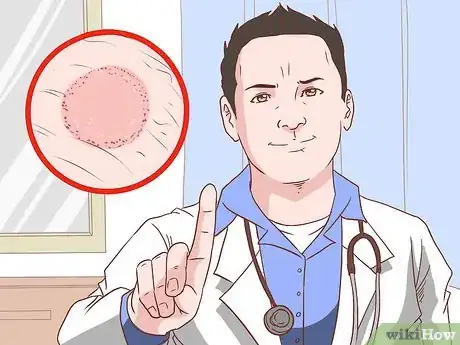
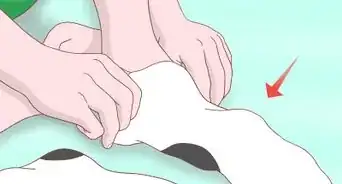
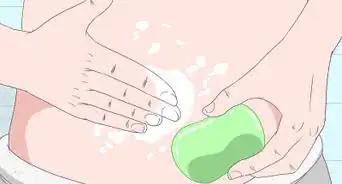

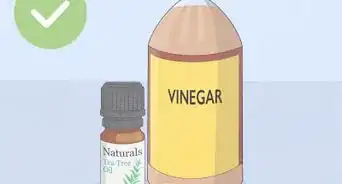



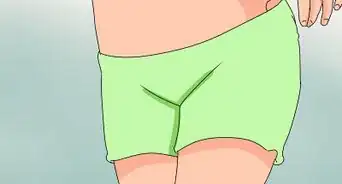
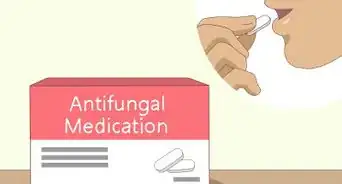
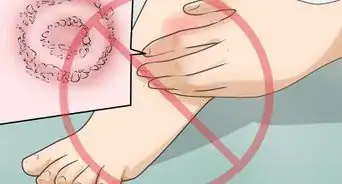
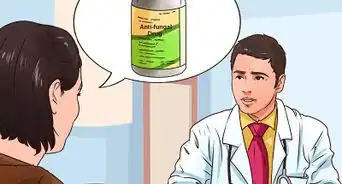
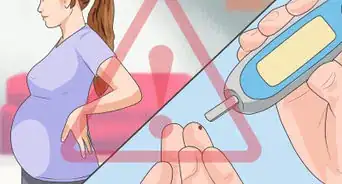
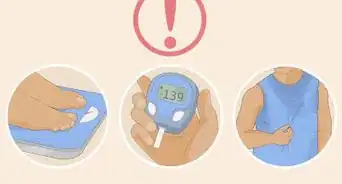
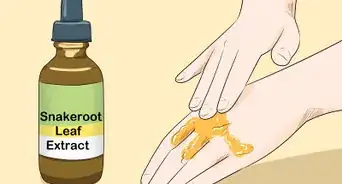









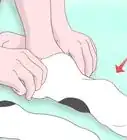
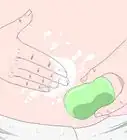

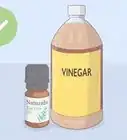



































Medical Disclaimer
The content of this article is not intended to be a substitute for professional medical advice, examination, diagnosis, or treatment. You should always contact your doctor or other qualified healthcare professional before starting, changing, or stopping any kind of health treatment.
Read More...